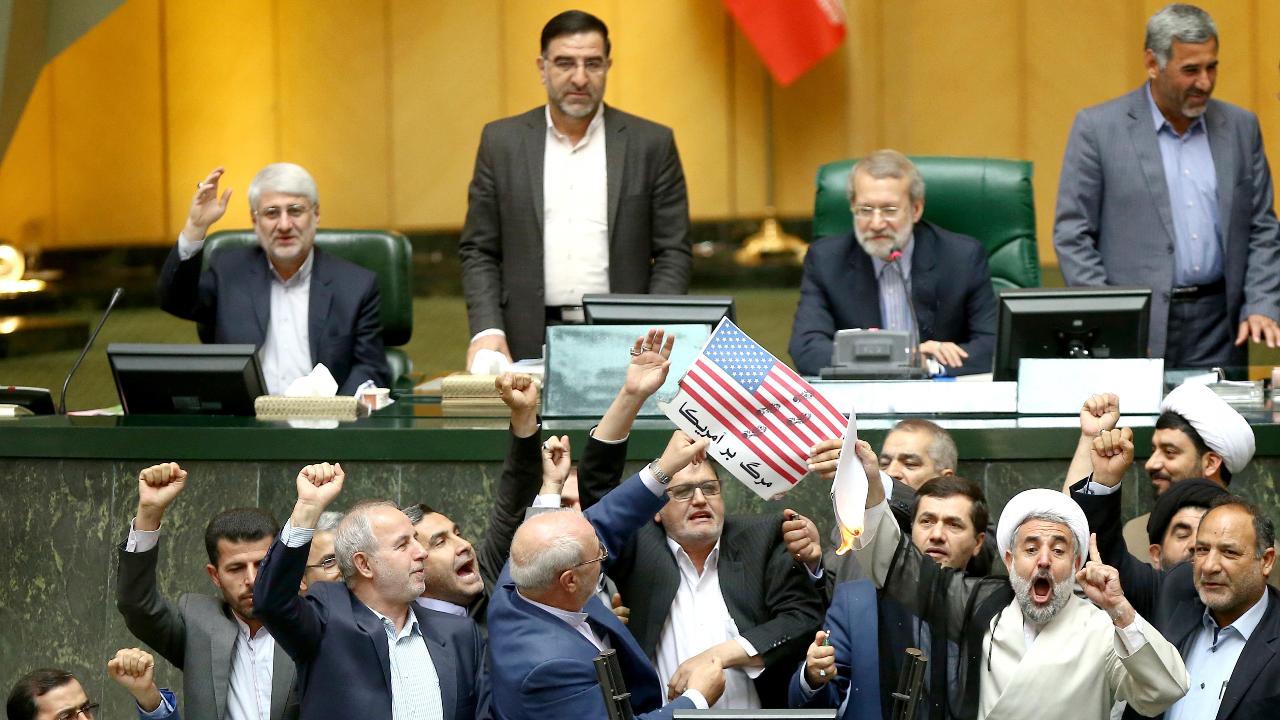Gasoline prices: Will Iran deal exit push them even higher?
Gasoline prices have spiked and are now about 20% higher than a year ago. The recent increase has tracked the rally in crude oil, which has been supported by robust demand and balancing supplies, as well as first the expectation and then the reality that the U.S. will exit its nuclear deal with Iran.
New sanctions on Iran will remove some barrels of oil from the market as the U.S. enters its peak season for gasoline demand. With America’s consumers already seeing a bigger chunk of their pay being used for fuel costs, are things are about to get worse?
Unfortunately, there isn’t a simple answer to this question.
In the near term, Trump’s decision to pull America out of the Iran deal won’t mean much, according to Andrew Lebow, senior partner at Commodity Research Group.“But over the longer term, the impact will be determined by how much oil is actually taken off the market,” he told FOX Business.
Lebow noted that the last time sanctions were slapped on Iran, about 1 million barrels of oil were removed from the market. This time, however, the amount should be considerably less.
Lebow thinks somewhere between 300,000 and 500,000 barrels of oil per day will be removed because many countries will apply for waivers while China will most likely continue to purchase oil from Iran. Meanwhile, Saudi Arabia has said that it will backfill the oil that is removed from the market from Iran.
Oil prices are currently around $71 and the average for gasoline across the U.S. is $2.826 per gallon, according to AAA. According to Gasbuddy, oil prices could possible reach $80 a barrel, even with the U.S. Energy Information Administration’s view that America’s shale production will surpass 10.7 million barrels per day.
A quick analysis linking historical oil prices and gasoline prices shows that right now, gasoline prices are actually inflated compared with the price of a barrel of crude. In late 2014 when oil was above $70 a barrel, gasoline was less than $1.90 a gallon. In fact, the last time that the average retail gasoline price was $2.82, crude oil was $114 a barrel.
Lebow noted that part of the reason gasoline is more expensive in relation to the price of oil right now is changing market dynamics, particularly the removal of some supply because of production challenges in Latin America. If oil prices climb further, Lebow believes gasoline prices will also rise, even if historical data suggests that they are a bit inflated.
But there is one point to consider. With average gasoline prices currently around $2.82, Lebow noted that when gasoline hits $3 per gallon, people tend to change their consumption habits. Such a move in turn reduces demand, which can provide some relief at the pump.




















